Handel: Acis and Galatea (Hogwood)
Introduction
Not strictly an opera, Handel's work was first written for a private performance for the soon-to-be Duke of Chandos at his home in North London. The original format was more of a masque, in which the singers stood on stage and read from the music, maybe acting as the chorus as well, but the pastoral setting using Greek mythological characters would have been an expected and very familiar subject for most stage works of the time.
The rather flimsy plot is as follows.
Acis, a semi-divine nymph, and Galatea, a shepherd, are in love. Damon, Acis's friend, warns him that this sort of feeling doesn't last so he shouldn't make any rash moves. There's no stopping the two lovers from getting together though, except for the fact that the giant, Polyphemus, is also in love with Galatea, and has a rather nasty character trait of violent jealousy, which manifests itself in clubbing Acis to death with a boulder.
Galatea, reminded by the chorus that she has divine powers, transforms Acis into a living fountain, making him immortal.
Audio and Visual
Absolutely nothing wrong with either. Both the DTS and stereo options are as clear as a bell and there is no trouble at all with the pit-stage balance. Wind solos are picked out brilliantly, and should you want them there are English subtitles, but the diction of the singers is superb.
Extras
We have the director and choreographer Wayne McGregor talking at us for c.10 minutes, but nothing else. We pick up some interesting points as to how he saw the creation of the work himself, but a more comprehensive package with contributions from Hogwood and the principal singer and dancers would not have gone amiss.
Andrew V.Jones produces a very readable essay on the development of the original productions within the accompanying booklet.
Conclusion
This performance was actually the second half part of a double-bill with Purcell's Dido and Aeneas (which Opus Arte have also released, but I'm afraid review copies were not made available to me), the whole evening being a collaboration between the Royal Opera and Royal Ballet. By all accounts, the offering on this DVD was far more successful.
With only the words and music to go on, any theatrical productions of this work would need to start from scratch as there are no directions given by the composer or librettists. To solve this problem, and also to cope with the fact that the remit was to make sure the two great companies could work together, Wayne McGregor and Hildegard Bechtler (designer) have come up with a wonderfully realised pastoral setting in which the singers and dancers interact closely, yet remain tantalisingly in their own worlds.
As the work goes on, the sets and colours, seem to disintegrate as the lovers' fate looms, yet there's nothing too fancy to distract from the simple story that unfolds in front of you. In fact, it's the dancers and chorus who seem to most of the scenery so as to keep things moving along.
Each character in the piece appears as both a singer and dancer (Damon having two dancing 'halves'), with the dancers seemingly showing the more spiritual side of each role.
At times, the dancing almost threatens to get in the way of the singing, especially when the camera focuses on the remarkable Edward Watson, but more often than not, it complements Handel's sometimes extraordinary music when the text isn't particularly noteworthy, which is quite often the case.
The singing is uniformly excellent, with Danielle de Niese in her element as Galatea, her voice happily skipping around Handel's more mellifluous lines, with the one or two slips into her American accent immediately forgiven. Even her dancing skills get a good showing off as she gets her own little 'pas de deux' with Edward Watson at the end (an opportunity something many women would kill for).
Charles Workman (Acis) and his fellow shepherds Paul Agnew (Damon) and Ji-Min Park (Coridon), all sweater-clad and ginger, make excellent contributions, with Workman's 'Love sounds the alarm', and Agnew's 'Shepherd, what are thou pursuing' being particularly good.
Matthew Rose is a great Polyphemus, reminding me of John Tomlinson's 'Minotaur' (from the same mythology, yet utterly different music), the role demanding sympathy from the audience despite the violent nature of the character.
The 'other halves' are equally, if not more exciting to watch. Edward Watson almost steals the show even when just walking across the stage, and as Galatea's 'other half', Lauren Cuthbertson is beautiful to watch, bringing the girlish and sometimes petulant quality within Galatea's character as much as de Niese does vocally.
Eric Underwood's powerful presence as the other Polyphemus is great casting, as he seems to show the person that the giant would really like to be if he weren't so revolting.
I mentioned earlier that the flimsy storyline isn't helped by the libretto. Handel tries his best to keep the interest going in some of the arias, but credit has to go to Hogwood and the OAE for whipping everything along , otherwise there could have been some serious yawning going on. There is, however, some incredibly beautiful music, most notably in the 'Wretched lovers' chorus at the end of the first act (turning into a great exercise in counterpoint at the appearance of Polyphemus).
Overall, a highly successful fusion of song and dance, even though Handel didn't actually plan it this way. In this respect it's more in the spirit of the operas of Lully and Rameau, but there's certainly nothing French about the music and the whole exercise is a credit to everyone involved.
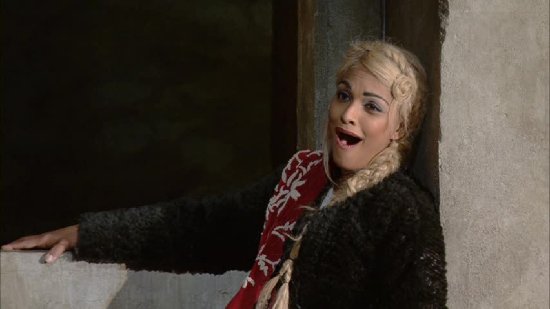
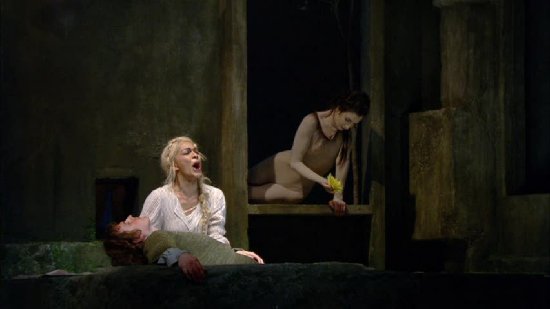

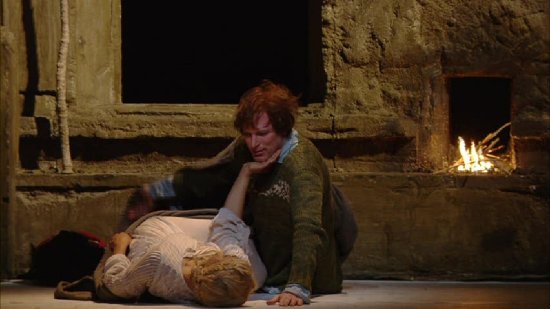


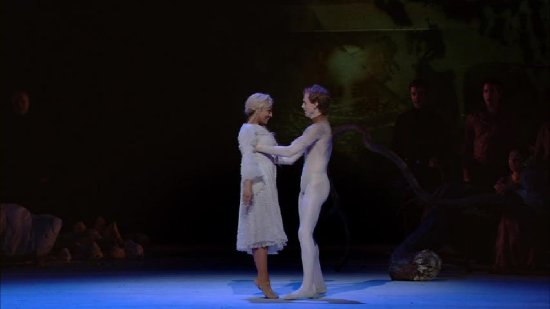
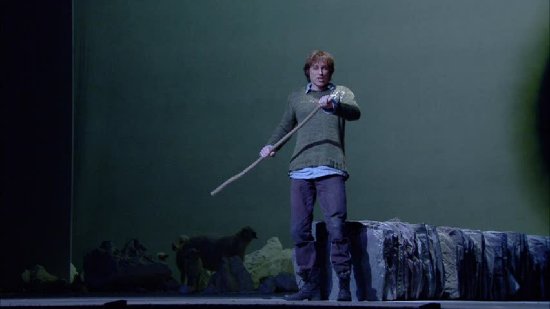
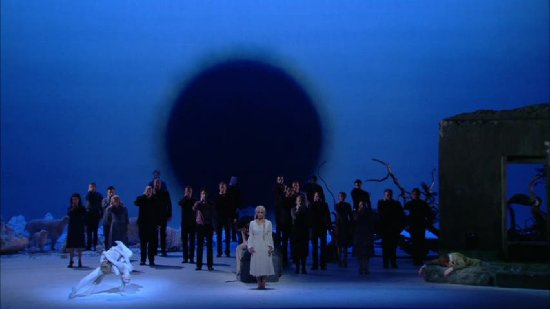
Your Opinions and Comments
Be the first to post a comment!